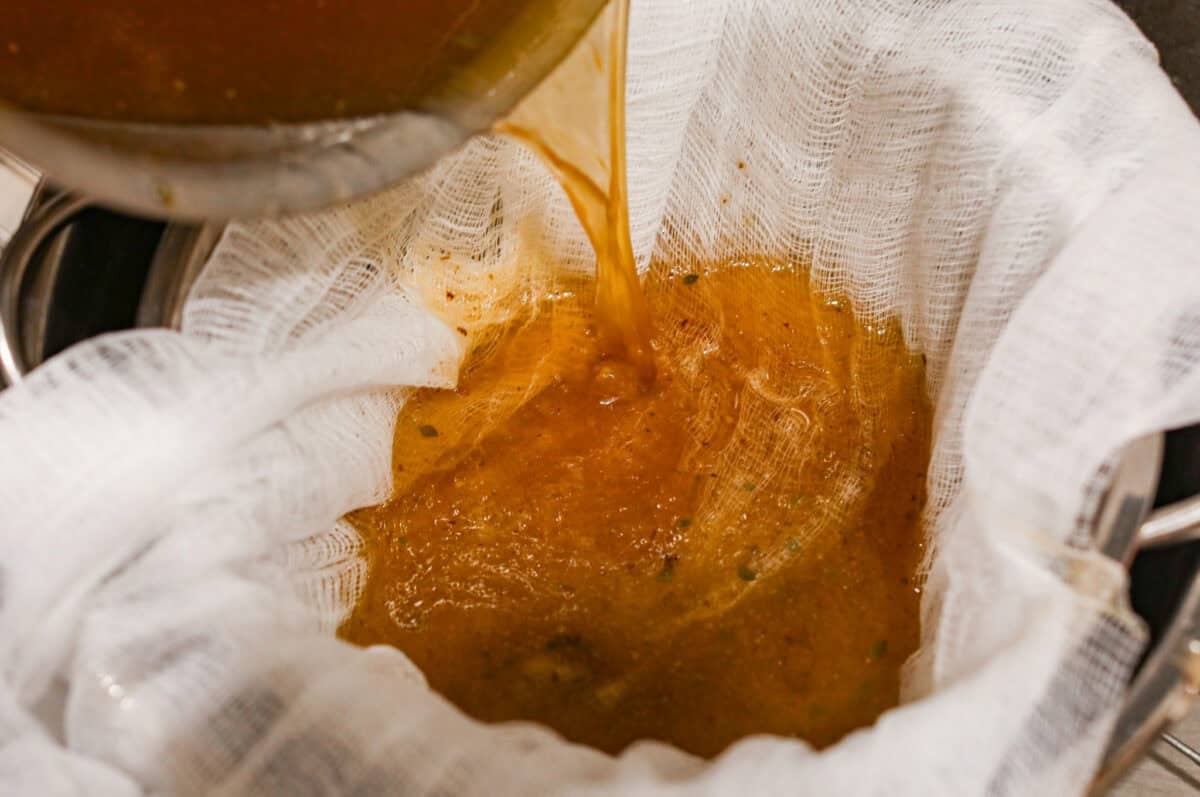Sisters Regina, Bernadette and Rita celebrate Mass at the convent chapel of the Goldenstein castle, in the municipality of Elsbethen, south of the city of Salzburg, Austria, on Sept. 20.
Joe Klamar/AFP via Getty Images
hide caption
toggle caption
Joe Klamar/AFP via Getty Images
SALZBURG, Austria — Morning Mass is underway at the chapel of Schloss Goldenstein, a convent in Elsbethen, an Austrian parish nestled between the church spires of Salzburg and the arresting backdrop of the Alps. Sister Rita is delighted to see so many people in attendance.
As Catholic congregation numbers dwindle in Austria, Sister Rita says you’d expect the church to be equally thrilled by such tightly packed pews, but 82-year-old Rita and fellow Sisters Regina, 86, and Bernadette, 88, are in their superior’s bad books.
“People are calling us the rebellious sisters!” Rita says with a giggle and a glint in her eye.
The three Augustinian sisters — who use only their religious names — recently ran away from a nursing home and, with the help of a local locksmith, broke back into the convent that used to be their home. Rita jokes that they are octogenarian squatters.
Sister Bernadette, 88, walks back to the convent chapel of the Goldenstein castle, in the municipality of Elsbethen, south of Salzburg city, Austria, on Sept. 20.
Joe Klamar/AFP via Getty Images
hide caption
toggle caption
Joe Klamar/AFP via Getty Images
Giggles aside, Rita says they were taken to a nursing home against their will two years ago when church authorities shuttered the cloisters as nun numbers diminished.
“When the opportunity arose to return to our beloved convent, we didn’t wait for his permission”
The parishioners who hired a U-Haul and helped the sisters stage their getaway are now joined by a whole host of locals eager to help the sisters grow old on their own terms.
Sister Rita says they simply had to act. “I wanted to speak to the prelate to tell him how unhappy we were but we couldn’t reach him,” she explains. “When the opportunity arose to return to our beloved convent, we didn’t wait for his permission. But I don’t want him to be angry with us.”
Sister Rita poses for a portrait.
Esme Nicholson for NPR
hide caption
toggle caption
Esme Nicholson for NPR
But their superior, Provost Markus Grasl, is not pleased with the sisters’ dissent. And when their getaway made headlines last month, he brought in a PR firm specializing in damage control. So Harald Schiffl now speaks on the clergyman’s behalf.
“It goes without saying that the sisters were consulted before being moved into the nursing home,” Schiffl says. “And it’s understandable that after decades of living and working in one place, such a move is not easy.”
Schiffl explains that Sisters Rita, Bernadette and Regina were the last three remaining nuns in the cloister and that staying there was unwise as they aged. He stresses that the provost’s decision to move them was made with their best interests in mind.
But the sisters have no intention of hanging up their wimples; they entered the cloister on the understanding they would serve there — and at the adjoining convent school — for the rest of their lives.
And their reach now goes far beyond the parish; the nuns now have their own Instagram account, currently with 70,000 followers.
Schiffl, the provost’s spokesperson, says the nuns’ social media presence is unbecoming of their order and that their superiors take a dim view of it.
“Without all the media interest, a viable and sustainable solution would have been found long ago, causing far less damage to the church,” Schiffl asserts.
Sister Bernadette, 88, celebrates Mass at the convent chapel of the Goldenstein castle, in the municipality of Elsbethen, south of Salzburg city, Austria, on Sept. 20.
Joe Klamar/AFP via Getty Images
hide caption
toggle caption
Joe Klamar/AFP via Getty Images
But Christina Wirtenberger, one of the sisters’ former students who initiated “operation get thee to a nunnery,” says they were advised to make it public.
“We invited the press along to prevent the provost from turfing the sisters out of the convent,” Wirtenberger says. “I was told that he would not be so bold in front of the press.”
Sixty-five-year-old Wirtenberger has known the sisters since she was 10 years old. She says that while they are as headstrong and sharp as ever, they’re also vulnerable on account of their age.
When other volunteers suggested launching the Instagram account, Wirtenberger said only on the proviso the sisters gave their express permission.
Eighty-eight-year-old Sister Bernadette, who has been a nun here since 1955, takes social media stardom in her stride.
“I think it’s wonderful that Instagram brings people to us to praise God. Sure, they’re curious to see us after all the press coverage, but what they see is our worship,” Bernadette enthuses. “So heaven uses tech to spread the word? God arranged this, not us!”
Sister Bernadette poses for a portrait on Oct. 11.
Esme Nicholson for NPR
hide caption
toggle caption
Esme Nicholson for NPR
But Bernadette is still reeling about what happened. As she climbs four flights of stairs, she says the stair lift was removed from the cloister not long after her own removal.
“I’d been in hospital for two weeks and, when I was discharged, I thought I was returning home to the convent,” Sister Bernadette explains. “But the ambulance took me to a nursing home in my nightgown. I was shocked. The provost came but didn’t speak to me. I called after him, saying I would only be obedient for a week.”
They’re accused of breaking their vows
Through his spokesperson, Provost Grasl has accused the sisters of breaking their vows. But Wolfgang Rothe — a priest and scholar of canon law — says this charge is often pitted at critics within the church.
“It’s rather telling that the church reaches for the cudgel of obedience to quash dissent,” Rothe says. “But the sisters’ vow of obedience refers to their obligation to listen to each other. It’s not about kowtowing to the powers above.”
Sisters Rita, 81, Regina, 86, and Bernadette, 88, celebrate Mass with over a dozen of supporters and former students.
Joe Klamar/AFP via Getty Images
hide caption
toggle caption
Joe Klamar/AFP via Getty Images
Rothe, who sits on a German Bishops’ Conference advisory board that advocates for the victims of sexual violence and abuse in the Catholic Church, says involving the media is the only way to safeguard the vulnerable.
“The church authorities fear the media like the devil fears holy water because they’d rather keep hidden what is going on behind closed doors,” Rothe says.
Behind closed cloister doors after Mass, Sister Bernadette brews an espresso and reflects on what it means to be home with Sisters Regina and Rita.
“There is such harmony between the three of us. Of course, we all have our own personality! It wouldn’t be fair on God if we were all the same,” she says. “That is the beauty of our order; every sister can be herself.”
Sisters Rita (right), 81, Regina (left), 86, and Bernadette (center), 88, celebrate a Mass with over a dozen of supporters and former students.
Joe Klamar/AFP via Getty Images
hide caption
toggle caption
Joe Klamar/AFP via Getty Images
Nuns on the Run meets The Sound of Music
It all sounds rather familiar in Salzburg, where dissenting nuns with personality are a specialty. In the center of town, a merry group of prosecco-sipping women have launched into some al fresco karaoke in praise of another rebellious nun — Maria von Trapp, immortalized as the nun who “waltzes on her way to Mass” by Julie Andrews in the 1965 film The Sound of Music.
By complete chance, they bump into the one-time nun Maria’s real-life granddaughter, Elisabeth von Trapp. Von Trapp has known Sister Bernadette for years, which she says is hardly a surprise considering her family’s track record with nuns.
Von Trapp, who was born in the United States where her family settled after fleeing the Nazis, returns to Salzburg regularly. One summer, about a decade ago, she chanced upon the convent at Schloss Goldenstein. She says she didn’t think twice about ringing the bell.
“When Sister Bernadette answered and opened the door to me, I mentioned that my name was Elisabeth von Trapp. She put two and two together very quickly,” says von Trapp. “But here’s the thing: All of it is connected.”
Von Trapp, who has continued the family singing tradition, ended up giving a concert in the convent chapel.
“The sisters rallied around and I remember them sitting up in the choir loft,” von Trapp recalls. “I ended up with ‘Climb Every Mountain,’ which I figured was, you know, it’s the nuns song in The Sound of Music. And there they were leaning down, so happy to hear that song!”
And while this sounds as far-fetched as a Hollywood producer’s pitch — Nuns on the Run meets The Sound of Music — von Trapp says this is no Sister Act but something far more profound, pointing out the Augustinian emphasis on community.
Elisabeth von Trapp is the granddaughter of Maria von Trapp, whose story inspired The Sound of Music.
Hannelore Kirchner/Via Elisabeth von Trapp
hide caption
toggle caption
Hannelore Kirchner/Via Elisabeth von Trapp
“I believe Sister Bernadette has a message,” von Trapp says. “It has a lot to do with how she has taken care of the community and who is now surrounding her.”
Among them is Karin Seidl, another former convent student. She says the sisters have devoted their lives to the community and now it’s time to give back.
“This is their home! And although we’ve organized for 24-hour care starting next week, I live just three minutes away so I’m also on hand,” Seidl says. The church is surely about practicing ‘love thy neighbor,’ not just preaching it.”
She says the sisters are as devout as they are defiant and that they deserve agency and dignity in old age.
The Schloss Goldenstein is located in the municipality of Elsbethen, south of Salzburg city, Austria. Three nuns in their 80s gained notoriety after fleeing their care home to return to their former convent.
Joe Klamar/AFP via Getty Images
hide caption
toggle caption
Joe Klamar/AFP via Getty Images
































